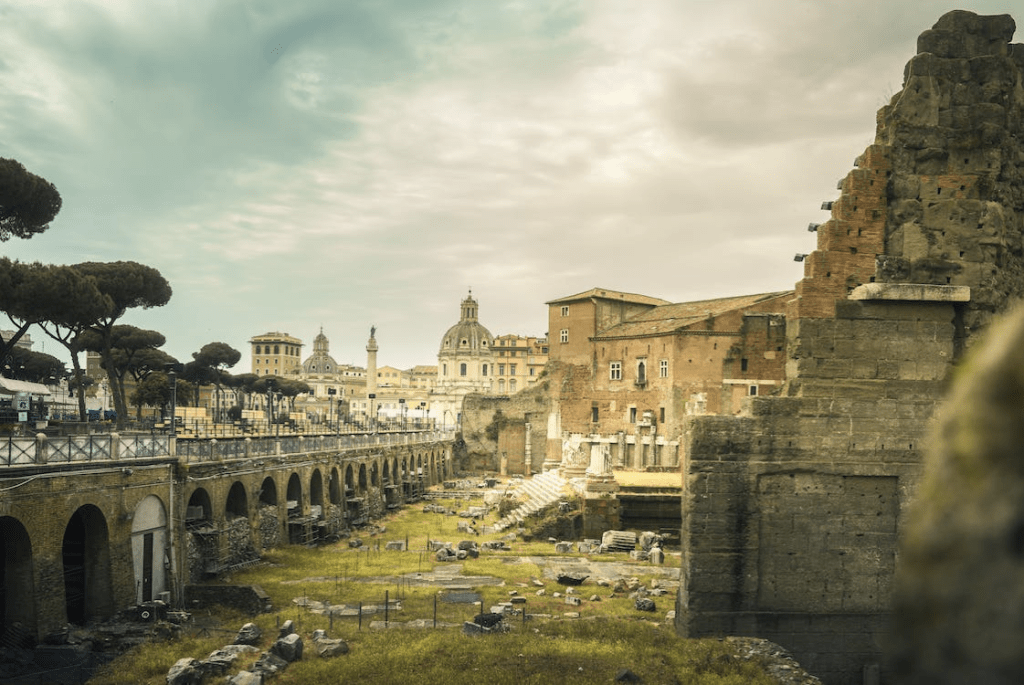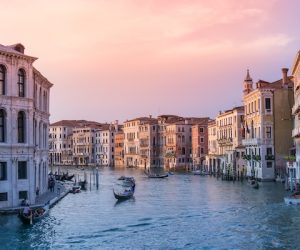
Italy, known for its picturesque landscapes, delectable cuisine, and rich cultural heritage, is a dream destination for travelers. But for history buffs, the real treasure lies in the ancient ruins that dot the country. From the haunting remnants of Pompeii to the grandeur of the Colosseum, Italy’s ancient ruins offer a captivating glimpse into the past. In this blog post, we will take you on a virtual tour, exploring some of Italy’s most fascinating ancient ruins.
Pompeii: Uncovering a Roman Ghost Town
Pompeii, a Roman ghost town frozen in time, is an archaeological site of immense historical significance. Buried under layers of ash and lava when Mount Vesuvius erupted in 79 AD, Pompeii lay hidden for centuries until its rediscovery in the 18th century. Today, it offers a captivating glimpse into the everyday life of ancient Romans. As you wander through the streets of Pompeii, you can witness remarkably preserved homes, intricate mosaics, and even the haunting plaster casts of those who perished during the eruption. Exploring this ancient city allows us to understand the architecture, culture, and social dynamics of Roman society. To experience Pompeii’s wonders firsthand, visitors can obtain tickets to delve into this captivating world frozen in time.
The Colosseum: Iconic Symbol of Ancient Rome
The Colosseum holds a special place as an iconic symbol of ancient Rome. It has been revered for centuries, with its significance reflected in writings dating back to the Middle Ages. This mammoth amphitheater, also known as the Flavian Amphitheater, was built by the Flavian Dynasty and has become synonymous with Rome itself. As one of the most enduring symbols of the Roman Empire, the Colosseum attracts visitors from around the world. To experience this architectural marvel firsthand, you can secure Rome Colosseum tickets to explore its grandeur and learn about the spectacles that took place within its walls. As you stand amid this architectural marvel, you can almost hear the crowd’s roar and feel the excitement of gladiatorial games and other spectacles. Don’t forget to explore the underground chambers and the upper levels for a complete experience.
The Forum: Political and Social Heart of Ancient Rome
Adjacent to the Colosseum lies the Forum, the political and social center of ancient Rome. The Forum served as the vibrant political and social heart of ancient Rome. This bustling marketplace and civic center was the epicenter of Roman public life, where citizens gathered to engage in political debates, conduct business, and socialize. Surrounded by magnificent temples, basilicas, and arches, the Forum was a testament to the grandeur and power of the Roman Empire. Walking through its ruins today, you can imagine the great orators delivering impassioned speeches, the bustling trade taking place in the market stalls, and the vibrant energy that filled the air. Exploring the Forum allows us to immerse ourselves in ancient Rome’s rich history and culture, offering a glimpse into the lives of those who shaped one of the greatest civilizations in human history.
Paestum: Greek Influence in Southern Italy
While Rome may be synonymous with ancient history, southern Italy holds its own share of treasures. One such gem is Paestum, an ancient Greek city-state. The three remarkably well-preserved Greek temples, dedicated to Hera, Athena, and Poseidon, stand as a testament to the influence of Greek civilization in this region. Walking among these majestic ruins, you can’t help but marvel at the architectural prowess of the ancient Greeks and contemplate their way of life.
Ostia Antica: Rome’s Ancient Port City
To truly understand the grandeur and reach of ancient Rome, a visit to Ostia Antica is a must. This well-preserved ancient port city provides a glimpse into the bustling trade and commerce that fueled the Roman Empire. As you explore the streets, you’ll come across remnants of warehouses, baths, and apartments, giving you a sense of what life was like in this thriving metropolis. Don’t miss the impressive amphitheater and the splendid mosaics that adorn the ancient buildings.
Herculaneum: Frozen in Time by Vesuvius
Just a short distance from Pompeii lies another archaeological wonder: Herculaneum. Like Pompeii, Herculaneum was buried under the volcanic ash spewed by Mount Vesuvius. However, unlike Pompeii, which suffered extensive damage from the volcanic eruption, Herculaneum was preserved to an astonishing degree. As you wander through the streets of Herculaneum, you can admire the well-preserved homes, intricate frescoes, and even the carbonized remains of wooden furniture. This archaeological site offers a unique opportunity to witness daily life in an ancient Roman city.

In conclusion, Italy’s ancient ruins offer an unparalleled journey through time, allowing history buffs to immerse themselves in the rich tapestry of Italian history. From the haunting ruins of Pompeii to the grandeur of the Colosseum, each site tells a story that is waiting to be discovered. So, if you’re a history enthusiast, pack your bags and embark on an adventure to explore Italy’s ancient past. You won’t be disappointed!



